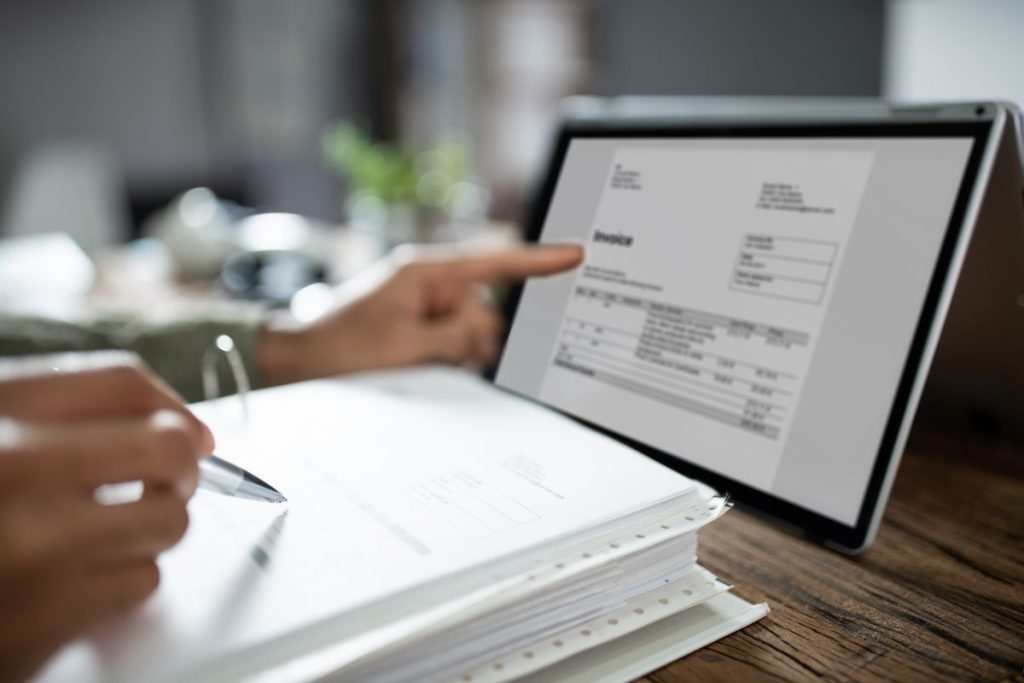


TAKEAWAYS
When it comes to investments in technology, one automatically thinks hefty price tags, not to mention the countless hours required from time-strapped professionals before a technology solution is up and running.
This is a misconception. Technology plays a central role in transforming businesses in today’s highly digitalised world, and investing in technology is certainly not exclusive to large organisations with deep pockets.
While technology adoption may require substantial time investment at the onset (from identifying gaps in the current infrastructure to developing a roadmap, upskilling employees, and working through the implementation issues), the benefits of integrating the right technology into the business operations often far outweigh the costs in the longer run.
Since 2020, qualifying small and medium-sized enterprises (SMEs) can automate the preparation and seamlessly file their statutory returns with the Inland Revenue Authority of Singapore (IRAS) and the Accounting and Corporate Regulatory Authority (ACRA) using specific accounting software.
A Singapore-incorporated company with annual revenue of S$5 million or below may (subject to other conditions) adopt an accounting software to automate the preparation and filing of Corporate Income Tax (CIT) Form C-S to IRAS, while a company with annual revenue of S$500,000 or below may (subject to other conditions) file its Annual Return and Financial Statements (in Simplified XBRL format) with ACRA using the accounting software.
Guiding SMEs through their digitalisation journeys, the tax authority has collated a list of accounting software that enables taxpayers to fulfil their tax obligations seamlessly. The list is categorised into three tiers.
Such seamless filings are not limited to corporate taxpayers. Today, tax agents can also adopt a tax software, or connect their inhouse system with IRAS via Application Programming Interfaces (APIs), to file Form C-S and/or Goods and Services Tax (GST) returns on behalf of their clients to IRAS directly.
SMEs considering scaling up productivity and adopting seamless filing can check out the Productivity and Solutions Grant (PSG). For example, PSG for the Accountancy Sector supports small and medium-sized practices (SMPs) in their digitalisation journey, and tax management is one of the areas covered.
Eligible SMPs tapping into PSG can obtain up to 50% funding, capped at S$30,000, for the first purchase of a pre-approved tax software. SMEs that have previously adopted digital solutions under the Digital Transformation for Accountancy (DTACT) programme but are applying under a different solution category for PSG can obtain up to 30% funding, capped at S$30,000.
In addition to PSG, SMEs can also tap into the SMEs Go Digital Programme to get a head start in going digital. In its annual technology showcase, the Singapore Chartered Tax Professionals (SCTP) organised a series of online demonstrations where businesses and tax agents had the opportunity to see for themselves the features and capabilities of tax solutions available in the market. This year, one of the pre-approved solutions under the PSG, SINGTAX, as well as a software driven by artificial intelligence, Counto, were featured. On-demand recordings of these demonstrations are available on SCTP’s website for all to access and assess.
Companies are required to file Form C if they do not qualify for the simplified Form C-S or Form C-S (Lite). For these companies, one of the solutions available is a cloud-based tax computation and Form C preparation solution by Wolters Kluwer, with features such as inbuilt tax computation schedules, reconciliations and reports. It markets itself as a solution that can be used by both corporations and professional service firms to automate the tax calculation process globally. SCTP also organised an online demonstration of this solution for anyone considering tax technology for corporate tax compliance.

For large conglomerates that are required to comply with tax regulations across the many jurisdictions where they have a presence, adopting a sophisticated and comprehensive tax technology solution is a must. This is especially so as the Pillar Two Global Anti-Base Erosion (GloBE) rules, which introduce a minimum effective tax rate of 15% for large multinational enterprises (MNEs), are progressively being rolled out around the world, adding substantial complexities to MNE groups’ already challenging tax forecasting and reporting processes.
Various solutions are being rolled out by the large accounting firms and tax service providers. While the exact needs and requirements for each MNE group may differ, one would generally expect a BEPS technology solution to be able to evaluate, monitor, compile, track, calculate, analyse, report, and comply with Pillar Two obligations.
A key feature that should be expected of a BEPS technology solution is the ability to map out all data points and assist various stakeholders to effectively collect the data required for compliance purposes. To improve data reliability, the solution should also establish a common understanding of key data point definitions across all stakeholders within the organisation.
The magic all comes together when a well-designed tax technology solution is impeccably integrated into the MNE group’s existing workflows, producing real-time insights to enable the global tax team to make meaningful decisions, all while fulfilling Pillar Two and other tax obligations across the globe.
More governments worldwide are adopting e-invoicing and e-reporting to facilitate the direct transmission of e-invoices in a structured digital format from one finance system to another between suppliers and buyers. Some of these countries have also moved to use e-invoicing for tax administration.
In 2019, the Infocomm Media Development Authority (IMDA) implemented Singapore’s nationwide e-invoicing network to support exchange of business documents electronically. The network, called InvoiceNow, is built on the established Peppol framework which allows direct transmission of e-invoices from one finance system to another without human intervention. There are currently over 60,000 businesses on the InvoiceNow network utilising a variety of InvoiceNow services offered by the service providers.
Fast forward to April this year, IRAS announced that it would implement a phased adoption of GST InvoiceNow Requirement for GST-registered businesses.
Starting from 1 November 2025, newly incorporated companies that voluntarily register for GST will have to use InvoiceNow solutions to transmit invoice data to IRAS for tax administration purposes. From 1 April 2026, all new voluntary GST-registrants, regardless of incorporation date or business constitution, will be required to adopt the GST InvoiceNow Requirement.
The tax authority plans to progressively require the remaining GST-registered businesses to use InvoiceNow solutions to send invoice data to IRAS for tax administration. Invoices that are not issued using InvoiceNow (for example, for sales made via point-of-sale systems) should also be recorded in InvoiceNow solutions and sent to IRAS.
Various grants are available for companies to tap into, for their InvoiceNow adoption.
There is much to talk about technology in tax. Whether one is a small-time “towkay” or a C-suite executive, tax technology is certainly one key conversation to have. The above aims to summarise notable developments and considerations in a succinct manner.
Stay tuned for the next article, which will dive into the global developments of e-invoicing that may significantly alter the indirect tax landscape as we know it now.
Felix Wong is Head of Tax, Singapore Chartered Tax Professionals (SCTP), and Joseph Tan is Tax Manager, SCTP.